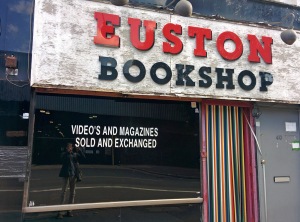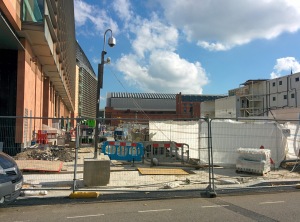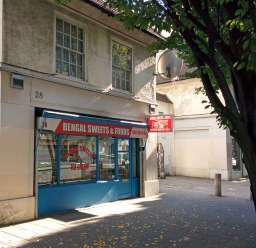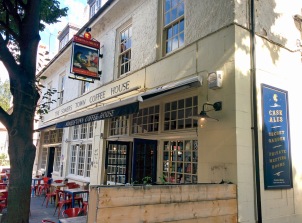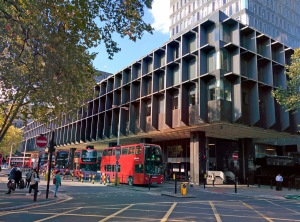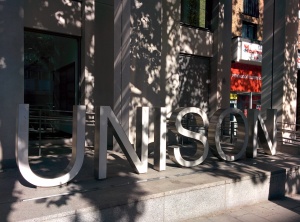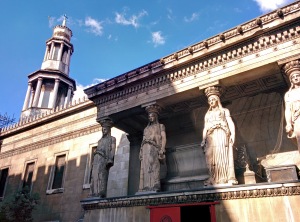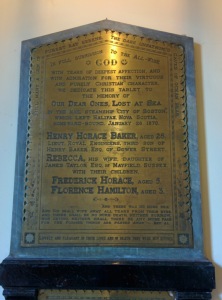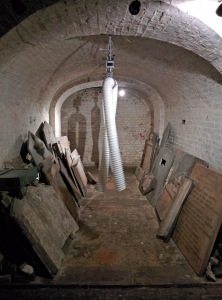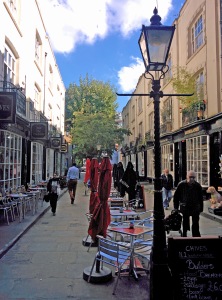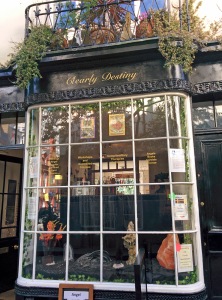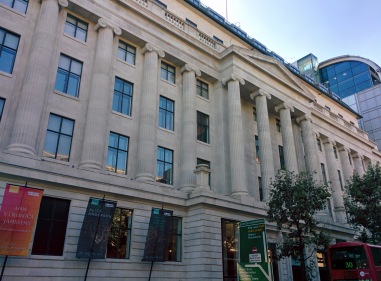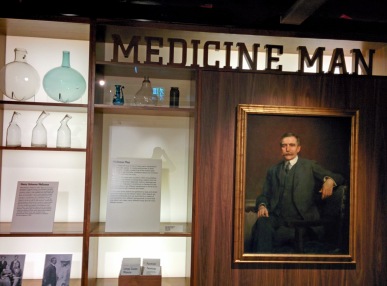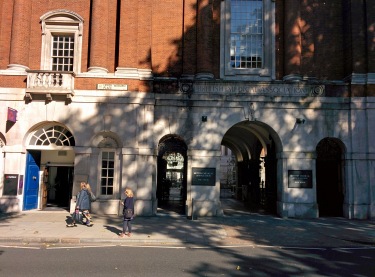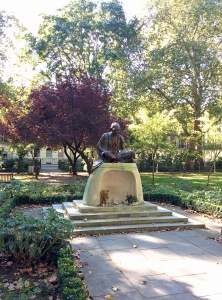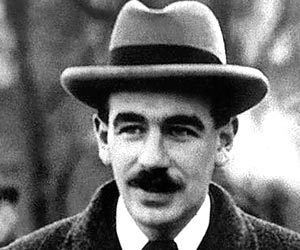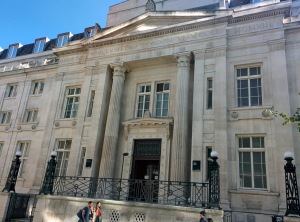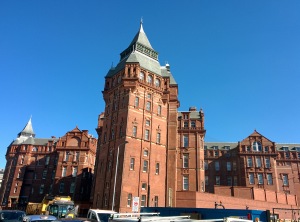“If you wish to have a just notion of the magnitude of this great City you must not satisfied with seeing its great streets and squares but must survey the innumerable little lanes and courts..” These words, which could stand as a mission statement for this blog, were spoken by Dr Samuel Johnson, creator of the first proper dictionary of the English language and the man who also coined the immortal aphorism “When a man is tired of London he is tired of life”. We visit Dr Johnson’s house in Gough Square towards the end of today’s itinerary but before we get there we have to wend our way through the labyrinth of streets and squares and courts that huddle in between Chancery Lane and Farringdon Street as well as picking out the major points of interest along the north side of Fleet Street.
Before all that though here’s a quick update on how much of the designated target area we’ve now covered overall since beginning this a year and a half ago..And I thought I’d be done in six months !

Anyway back to today’s route..

Starting point is on Chancery Lane by the eastern gate of Lincoln’s Inn. From here we head north and take a right into Southampton Buildings where we find the former home of the Patent Office, purpose built at the turn of the last century some fifty years after the founding of the Patent Office in 1852. In 1991, having outgrown these premises, the Patent Office (now called the Intellectual Property Office) was relocated to Newport in South Wales.

Just around the corner is Staple Inn which is the last of the so-called Inns of Chancery to survive largely intact. The building dates from the the second half of the 16th century and the original half-timbered Tudor frontage still adorns High Holborn in incongruous fashion. The rest of the building behind this was pretty much fully reconstructed in 1937 though the courtyard and garden at the rear retain their original structure. Since 1887 it has been the London home of the Institute of Actuaries and was Grade I listed in 1974.
Once out onto High Holborn by Chancery Lane tube station we turn right briefly then venture south down Furnival Street. Next turn is into the dog-leg that is Took’s Court where the early 18th century property at no.15 has been renamed Dickens House, not because this was another of the writer’s residences but because this building featured in Bleak House (under the guise of Cook’s Court).

Took’s Court emerges onto Cursitor Street where we turn right and come out onto Chancery Lane again; opposite a blue plaque installed by the Cromwell Association in commemoration of John Thurloe (1616 – 1668). Thurloe joined Cromwell’s government after he seized power, first as Secretary of State then as Head of Intelligence and finally as Postmaster General. In 1660 following the Restoration he was arrested for high treason but never tried (he was released on condition that he assist the new government on request). He died at Lincoln’s Inn in 1668 and was buried in the chapel there.

After a quick detour to Quality Court (which doesn’t really live up to its name) we double back down Cursitor Street, nip back up Furnival Street and then swing right into Norwich Street. This takes us into Fetter Lane where we head north to Holborn Circus then switch south again down New Fetter Lane. Cut back westward along Plough Place then continue on Greystoke Place before Mac’s Place takes us through to Breams Buildings. (This area was hit particularly hard in the Blitz so there was a lot of post-war rebuilding which has been undergoing redevelopment in recent years). Anyway just here on Breams Buildings is what remains of the overflow burial ground for St Dunstan-in-the-West Church (which we shall come to later) dating back to at least the 17th century.

Turning right on Breams Buildings returns us to Chancery Lane where to south you have the Law Society’s Hall on the west side and King’s College Maughan Library to the east. The Law Society is the professional association representing the interests of the UK’s solicitors (barristers have the Bar Council). It was founded in 1825 then acquired its first Royal Charter six years later as “The Society of Attorneys, Solicitors, Proctors and others not being Barristers, practising in the Courts of Law and Equity of the United Kingdom”. No doubt to everyone’s relief, a further Royal Charter in 1903 changed this to simply “The Law Society”. Women members were first admitted in 1922. It’s not entirely obvious from the pictures below but today the building is also home to the swanky 113 Restaurant.
The neo-Gothic Maughan Library building was originally built between 1851 and 1858, to a design of architect Sir James Pennethorne, in order to house the Public Record Office. The PRO had been formed in 1838 to streamline the maintenance of government and court records. The Domesday Book was one of the records transferred here, in 1859 from Westminster Abbey. It now resides at the National Archives in Kew, the successor to the PRO, formed in 2003 when that merged with the Historical Manuscripts Commission. King’s College took over the building in 2001 to create the largest new university library in Britain since WW2 with a £35m renovation. The library is named after, Sir Deryck Maughan, an alumnus and major benefactor of King’s College.
The library contains a dodecagonal reading room which features in The Da Vinci Code (I’m sure the University is delighted with that !). The bronze statue of Confucius in the garden was donated in 2010 by the Confucian Academy to mark the official launch of the Lau China Institute.

Entering Fleet Street from Chancery Lane and turning east we reach the aforementioned St Dunstan-in-the West church. There has been a church on this site since around the turn of the first millennium, named in honour of St Dunstan who was elected as Archbishop of Canterbury in 960 and was instrumental in bringing about peace with the Danes. That original church lasted right up until the early 19th century when it was rebuilt in 1831. The most well known feature of the church is its clock, which dates from 1671, and was the first public clock in London to have a minute hand. Figures of two giants strike the hours and quarters, and turn their heads. The courtyard also contains statues of King Lud, the possibly mythical ruler of pre-Roman times, and his sons. Lud gave his name to Ludgate, one of the original gateways to the City of London, where these statues stood before they were moved to the church. Above the porch where they hide away is a statue of Queen Elizabeth I from 1586, the only one known to have been carved during her reign.
As well as being an Anglican church, St Dunstan’s is home to the Romanian Orthodox Church in London. The beautiful iconostasis (altar screen) was brought here from a monastery in Bucharest in 1966. The high altar and reredos are Flemish woodwork dating from the seventeenth century. The church hosts classical music recitals on Wednesday lunchtimes so I was fortunate enough (along, sadly, with only about half a dozen other people) to hear a young pianist from the Guildhall giving the ivories a proper working over.
Fleet Street is of course synonymous with the newspaper and magazine publishing industry even though the actual printing presses and the businesses that ran them have long since departed. In the pictures of the exterior of the church you will have seen glimpses of its next door neighbour, the London office of Dundee-based D.C Thomson, best known as the publisher of the Beano and the Dandy. Thomson also print a number of Scottish regional newspapers and when in 2016 they relocated the two London-based correspondents for their Sunday Post paper its was perceived as being the very final end of newspaper journalism on Fleet Street.

Heading back up Fetter Lane we pass, on the corner with Rolls Buildings, a statue to the radical English parliamentarian John Wilkes (1725 – 1797). Wilkes was expelled from Parliament on several occasions for his outspoken views but he was far from your typical social reformer. As well as being a member of the Hell-Fire Club, infamous for its debauched gatherings and Black Mass rituals he was also not beyond voter bribery in his efforts to get elected to the Commons. In 1754 he stood for election in the constituency of Berwick-upon-Tweed and was unsuccessful despite bribing a ship’s captain to land a boatload of opposition voters coming from London in Norway instead of Berwick.

Forking right into New Fetter Lane and following this to its northern end we then turn tight into the heart of the modern developments I referenced previously. So we can move rapidly through Bartlett Court, Thavies Inn, St Andrew Street, the upper part of Shoe Lane, New Square, Great New Street, Nevil Lane, West Harding Street and Red Lion Court with nothing to detain us apart from this, frankly quite unexciting, water feature in New Square.

So now we’re back on Fleet Street and the next little alleyway to the east, Johnson’s Court, will via a rather torturous route take us appropriately up to Gough Square where we finally encounter the house occupied by Dr Samuel Johnson (1709 – 1784) while he was compiling his dictionary. That was during the years from 1747 until 1755 when the dictionary was published. It wasn’t the first dictionary of the English language produced but it was far greater in scope and erudition than any of its predecessors. Its pages were nearly 18 inches (46 cm) tall, and the book was 20 inches (51 cm) wide when opened; it contained 42,773 entries and it sold for the (then) extravagant price of £4 10s. Not surprisingly therefore it didn’t sell terribly well and Johnson and his publishers were forced to rely on subsequent abridged versions to make any money from it. Johnson had married Elizabeth Porter, who was 20 years his senior, in 1735 and when she died in 1752, Francis Barber, a former slave from Jamaica, joined his household as a servant along with his wife and children.. He lived with Johnson for more than 30 years and was ultimately named as his heir.
On the opposite side of Gough Square is a statue of Dr Johnson’s favourite cat, Hodge, unveiled in 1997 by the Lord Mayor. The statue shows Hodge sitting next to a pair of empty oyster shells on top of a copy of Johnson’s dictionary, with the inscription “a very fine cat indeed”. Unlike today, in Johnson’s time oysters were plentiful around the coasts of England and so cheap that they were a staple food of the poor (and cats).

Moving on we wind our way through Pemberton Row, East Harding Street, Gunpowder Square, Hind Court, St Dunstan’s Court and Bolt Court dipping in and out of Fleet Street until we reach the Grade II listed Ye Olde Cheshire Cheese pub at no.145. Reportedly there has been a pub here since 1538 and according to the sign outside the current hostelry dates from 1667 when it was rebuilt after the Great Fire. Inside the pub is a warren of numerous wood-panelled rooms all deprived of natural lighting which lends a sombre, conspiratorial air even when the several open fireplaces are lit in the winter. Past patrons of the pub are said to include the ubiquitous Charles Dickens along with Mark Twain, Sir Arthur Conan-Doyle, P.G Wodehouse and G.K Chesterton. Dr Johnson must also have been a regular though his writings coyly neglect to mention it by name.

Running up the side of the pub is Wine Office Court at the entrance to which is affixed this handy resumé of its history (from where you will see I nicked the opening to this post).

We follow Wine Office Court up to Printer Street and then return to Fleet Street via Little New Street and the lower section of Shoe Lane (shown below).

Now we’re right in the epicentre of Fleet Street‘s historic association with the Fourth Estate as we emerge in between Peterborough Court, the former home of the Daily Telegraph at nos. 141-135 and the Daily Express building at 128-121. These two very different looking buildings are both icons of the Art Deco age and both Grade II listed. Peterborough Court, with its “monumental facade” and Egyptian themed decoration, was built in 1927-8 and designed by architect Thomas Smith Tait. The Telegraph group decamped in the 1980’s post-Wapping and this is now the European HQ of mega-Investment bank Goldmans Sachs (who reputedly pay rent of £18m a year to the Qatari owners of the building).
The slightly younger Daily Express building with its striking black vitrolite panelling was built in 1931-2 and designed by architects Ellis and Clarke with the assistance of Sir Owen Williams. The flamboyant lobby, designed by Robert Atkinson, includes plaster reliefs by Eric Aumonier, silver and gilt decorations, a magnificent silvered pendant lamp and an oval staircase. The drawn curtains on the ground floor ensure that this, one of the very finest masterpieces of British Art-Deco, is invisible to the public except on Open House weekend. If you’ve never seen it I would urge you to seek out that opportunity (as I did many years ago though I couldn’t locate the photographs I took at the time so the one below is courtesy of http://manchesterhistory.net/architecture/1930/dailyexpress.html.)
The Express Group left the building in 1989 and following a major redevelopment of the site in the nineties it was also let to Goldman Sachs in 2000.


Beyond the Daily Express Building we turn north again up Poppin’s Court into St Bride Street from where we criss-cross into Farringdon Street via Harp Alley, Stonecutter Court and Plumtree Court before finishing up under the Holborn Viaduct whence we shall return in the not-too-distant future.

































































































